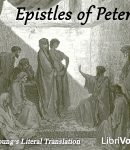
Bible (YLT) NT 21-22: Epistles of Peter
Scripture translated according to the letter and idioms of the original languages. (Summary by KevinS) [chương_files]






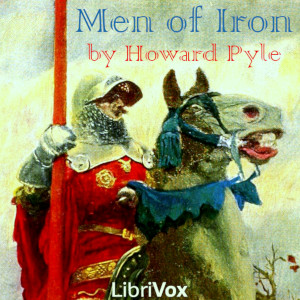





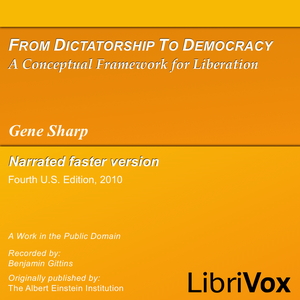
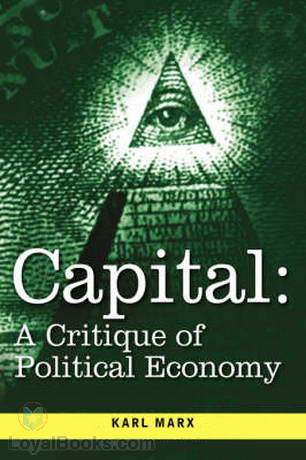

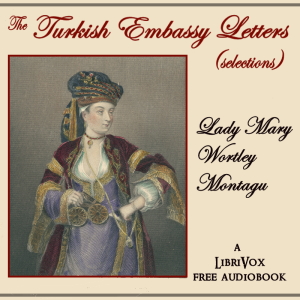

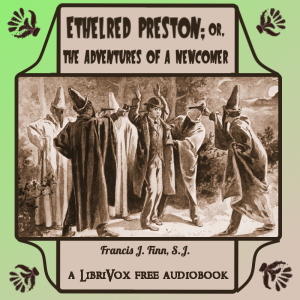


Scripture translated according to the letter and idioms of the original languages. (Summary by KevinS) [chương_files]
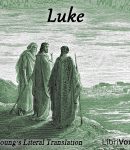
“Translated according to the letter and idioms of the original languages” – Summary by the translator [chương_files]
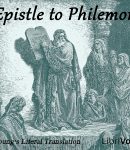
Philemon is a letter written by the Apostle Paul to the man of the same name, a leader in the church at Colossae, upon the return of his runaway slave, Onesimus. In it, Paul tells Philemon that Onesimus has become a Christian, mentions that he would like to have kept Onesimus with him as a helpful fellow-worker, and requests that Philemon treat him as a brother in the faith. It’s a beautiful picture of how Christians are to treat those who have wronged us. – Summary by TriciaG [chương_files]
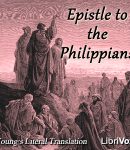
Young used the Textus Receptus (TR) and the Masoretic Text (MT) as the basis for his translation. He wrote in the preface to the first edition, “It has been no part of the Translator’s plan to attempt to form a New Hebrew or Greek Text—he has therefore somewhat rigidly adhered to the received ones.” (Summary by Tiwo) [chương_files]
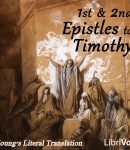
An English translation that holds as closely as was possible to the original languages and idioms. – Summary by KevinS [chương_files]
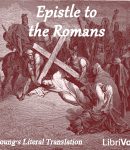
The Epistle to the Romans is the sixth book in the New Testament, written by Paul to the believers in Rome. It is perhaps the best epistle for outlining the basic foundations of Christian faith, from man’s depravity and need for a savior, to salvation given through faith in Christ, to how believers should live in consequence of such a salvation. – Summary by TriciaG [chương_files]

An English translation made as closely as possible to the language and idioms of the original languages. – Summary by KevinS [chương_files]
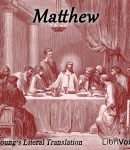
This Bible version tries to stay as close to the original Hebrew and Greek texts as possible. As stated in the preface to the second edition, “If a translation gives a present tense when the original gives a past, or a past when it has a present; a perfect for a future, or a future for a perfect; an a for a the, or a the for an a; an imperative for a subjunctive, or a subjunctive for an imperative; a verb for a noun, or a noun for a verb, it is clear that verbal inspiration is as much overlooked as if it had no existence. THE WORD OF GOD IS MADE VOID BY THE TRADITIONS OF MEN.” The Gospel of Matthew relates the life and Ministry of Jesus, with a focus on Jesus’ deity and fulfillment of Old Testament prophecies. (Summary by TriciaG) [chương_files]
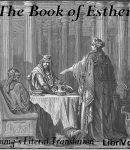
Esther (/ˈɛstər/; Hebrew: אֶסְתֵּר, Modern Ester, Tiberian ʼEstēr), born Hadassah, is the eponymous heroine of the Book of Esther. According to the Hebrew Bible, Esther was a Jewish queen of the Persian king Ahasuerus. Ahasuerus is traditionally identified with Xerxes I during the time of the Achaemenid empire. Her story is the basis for the celebration of Purim in Jewish tradition. (Summary by Wikipedia) [chương_files]

An English translation that holds as closely as was possible to the original languages and idioms. (Summary by KevinS) [chương_files]
Copyright © 2024 | FreeAudible